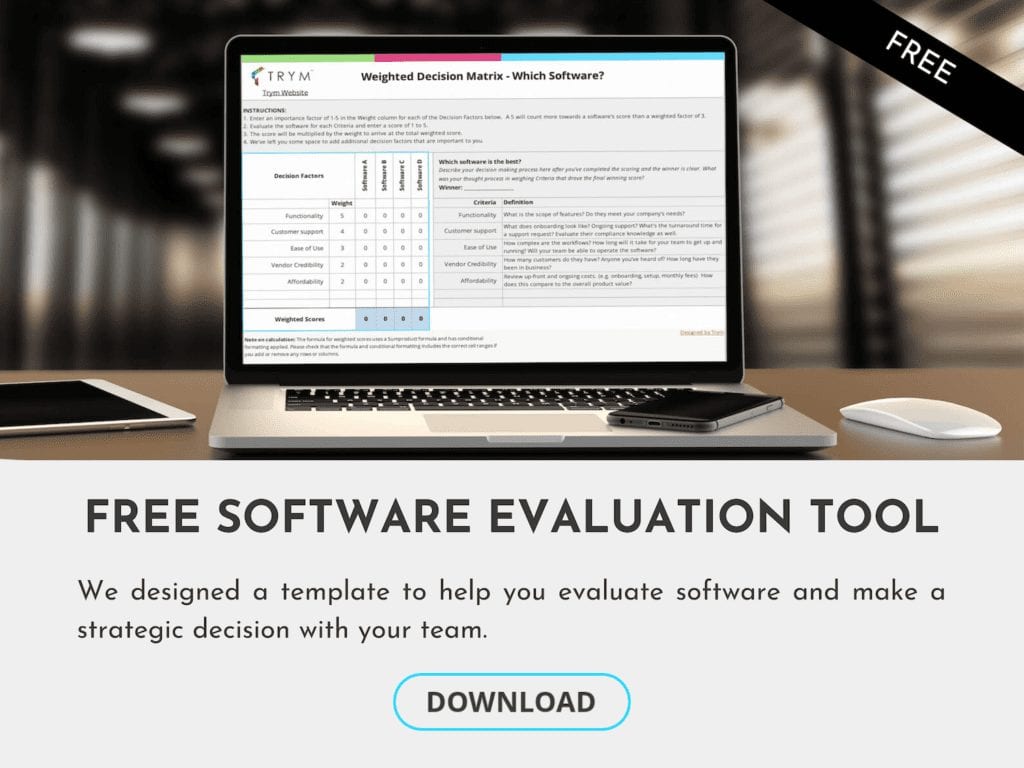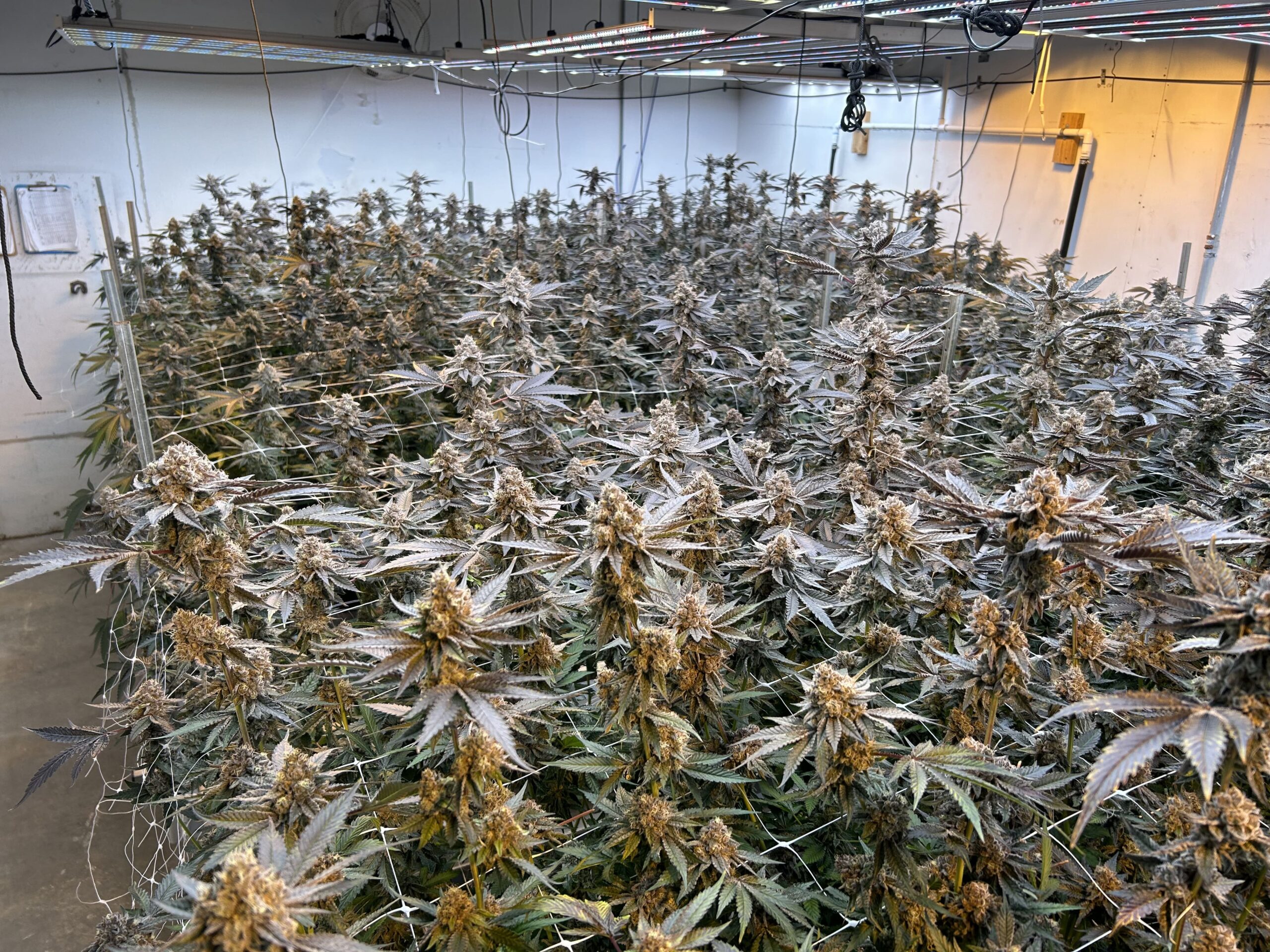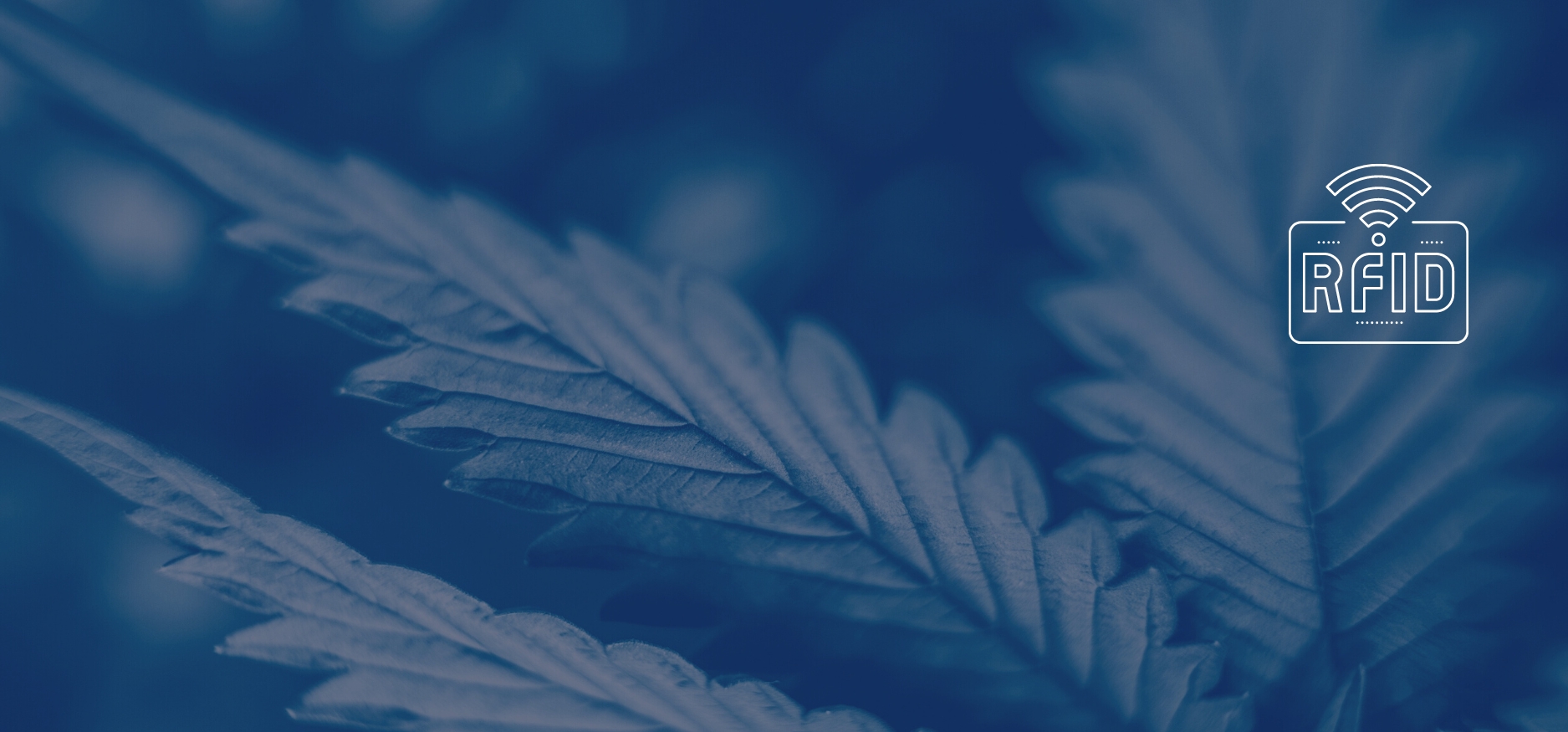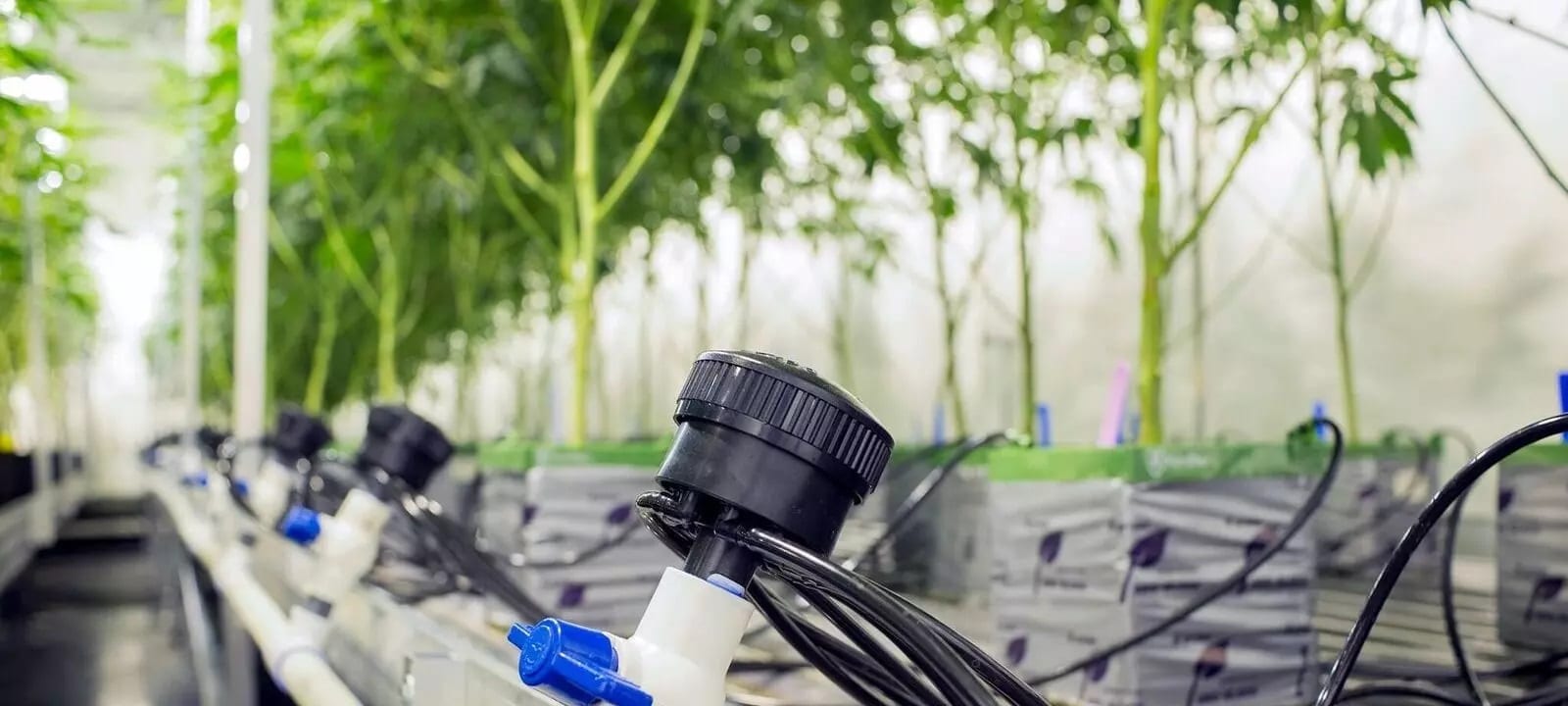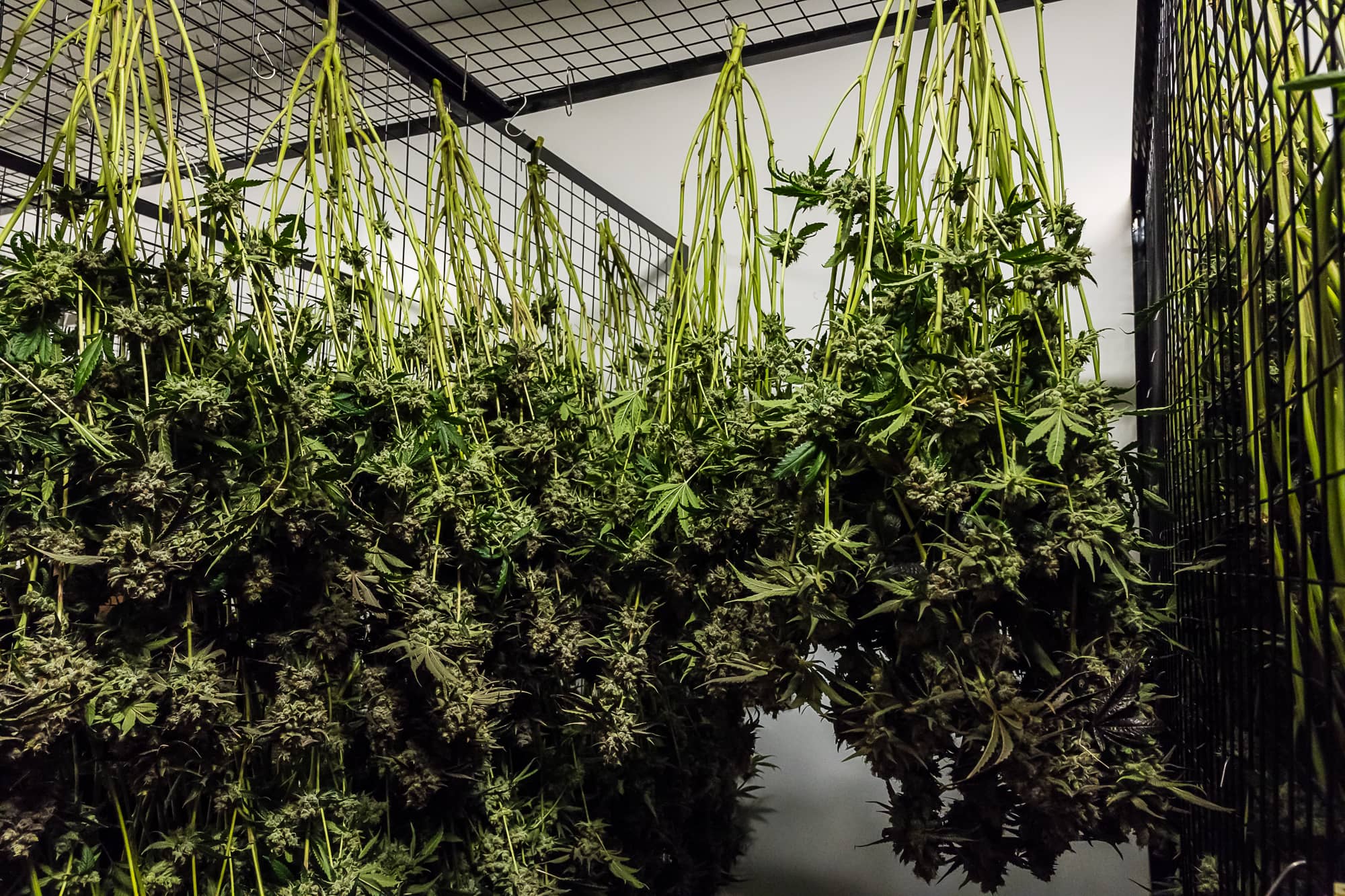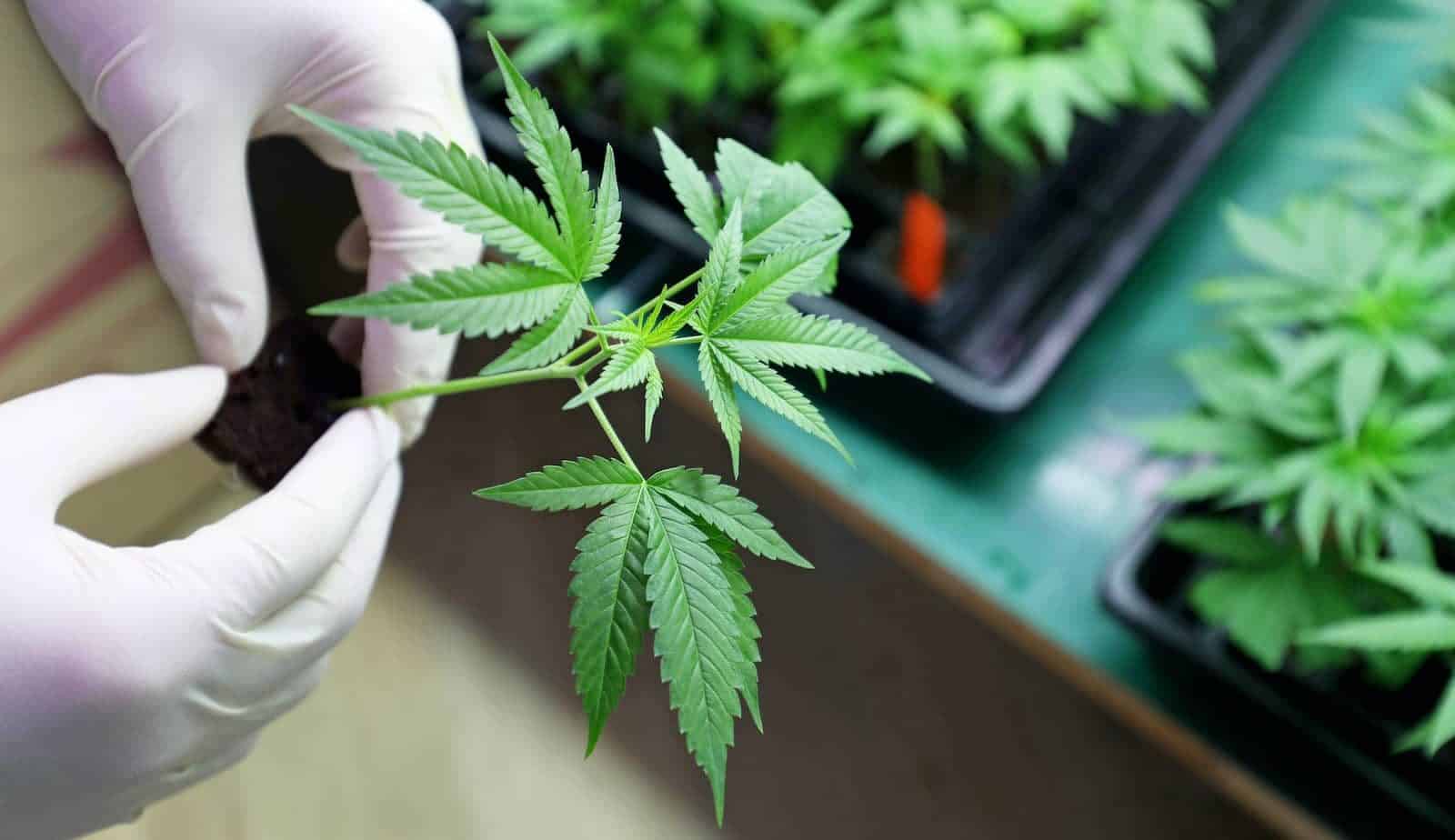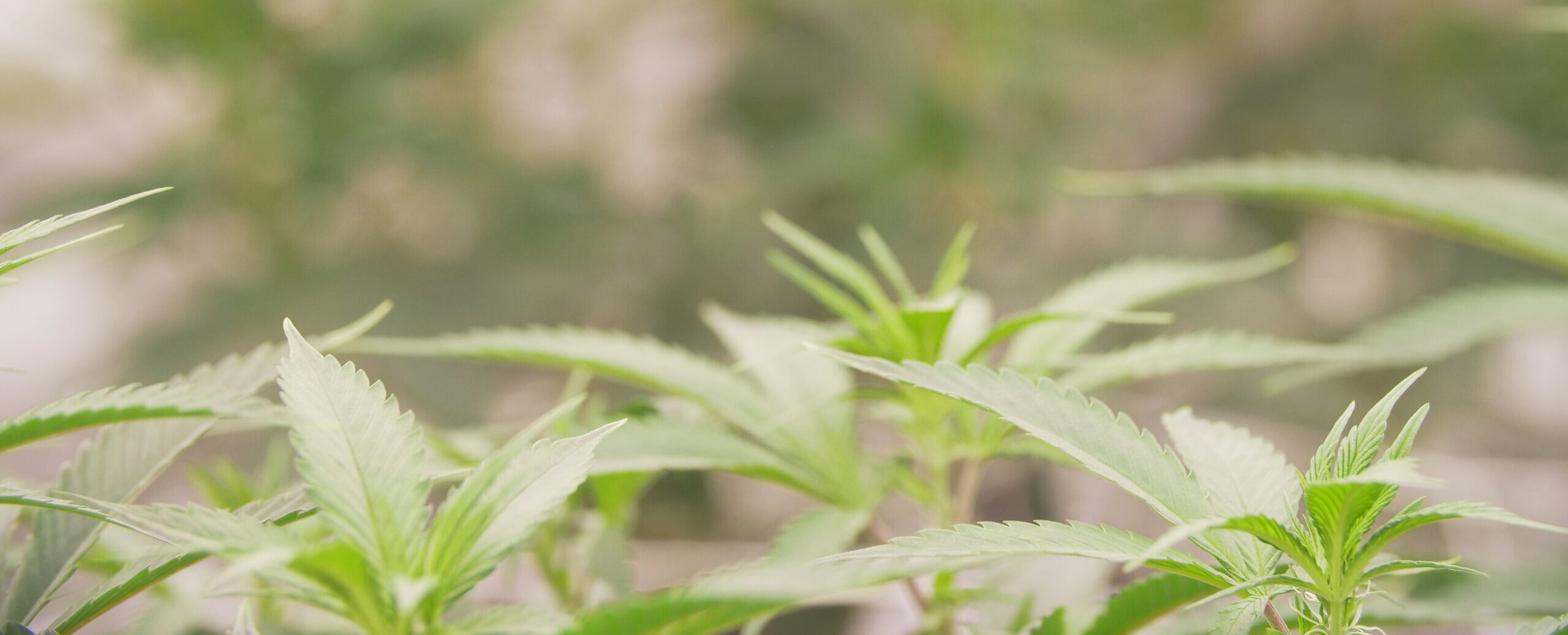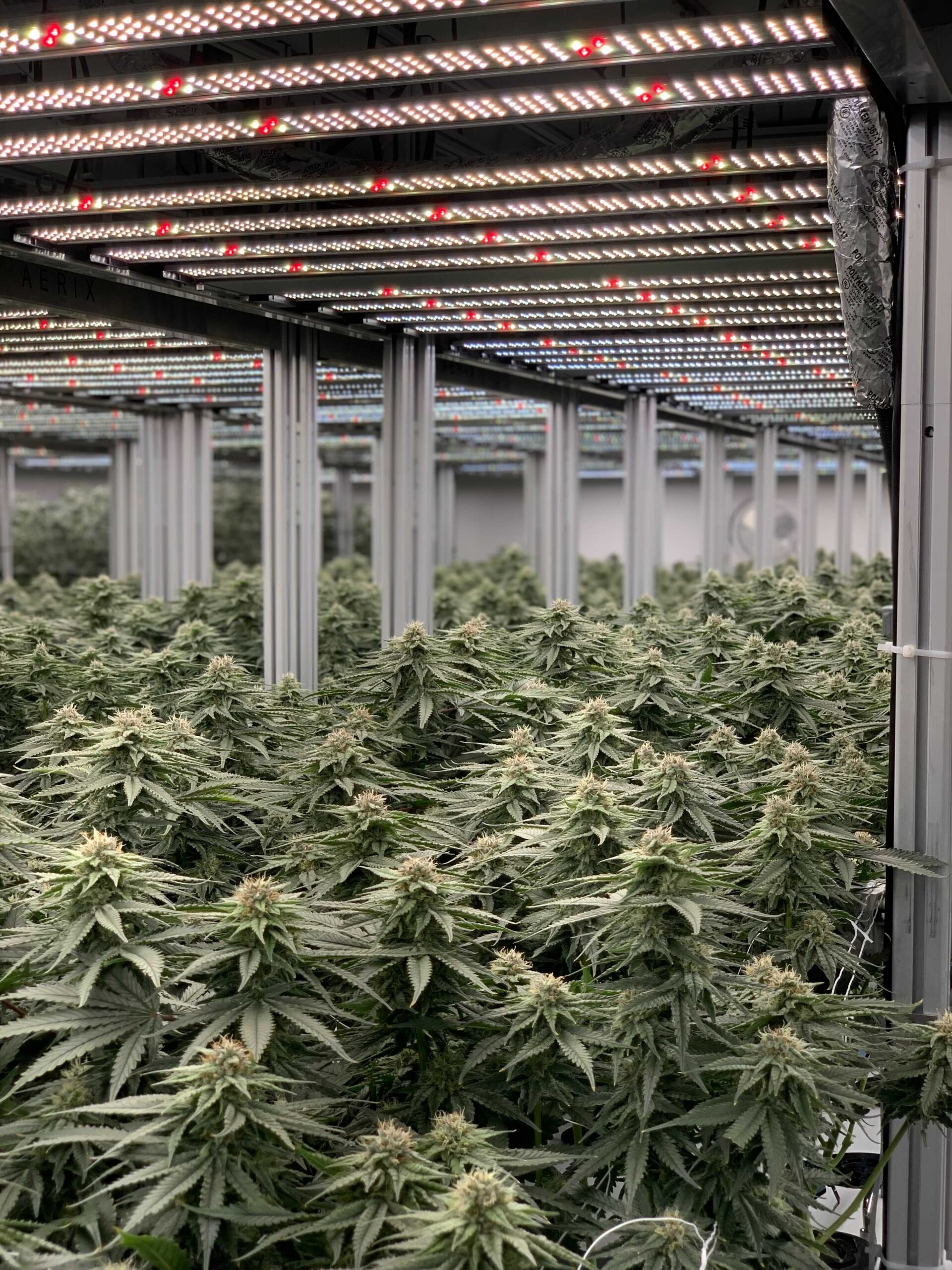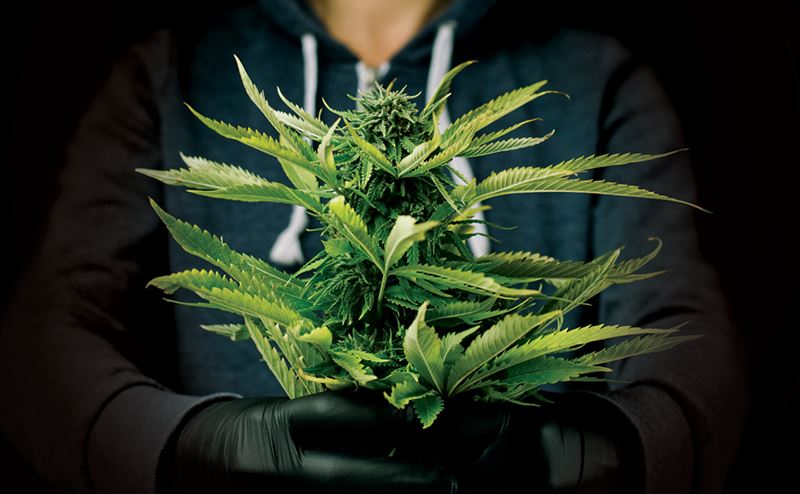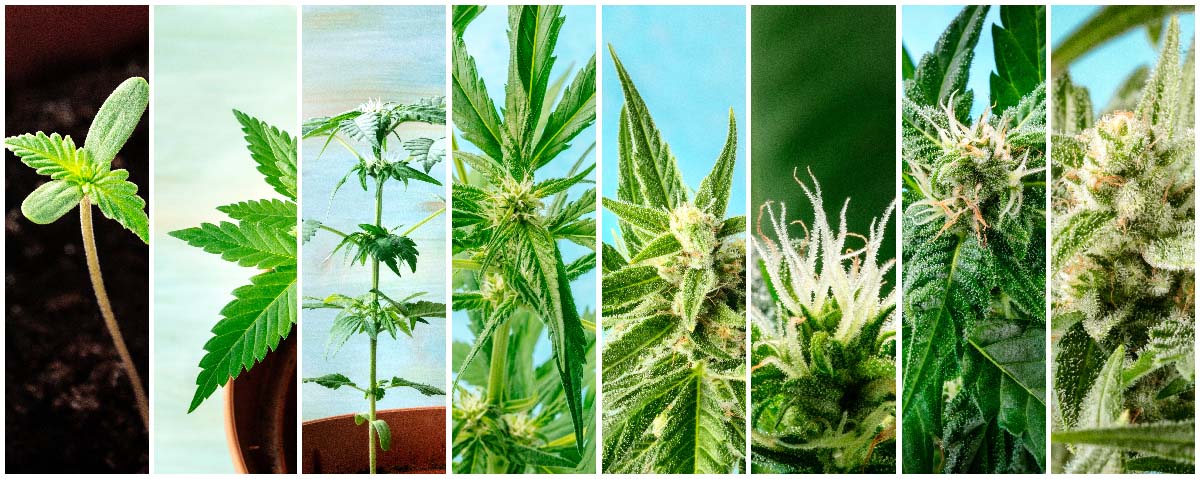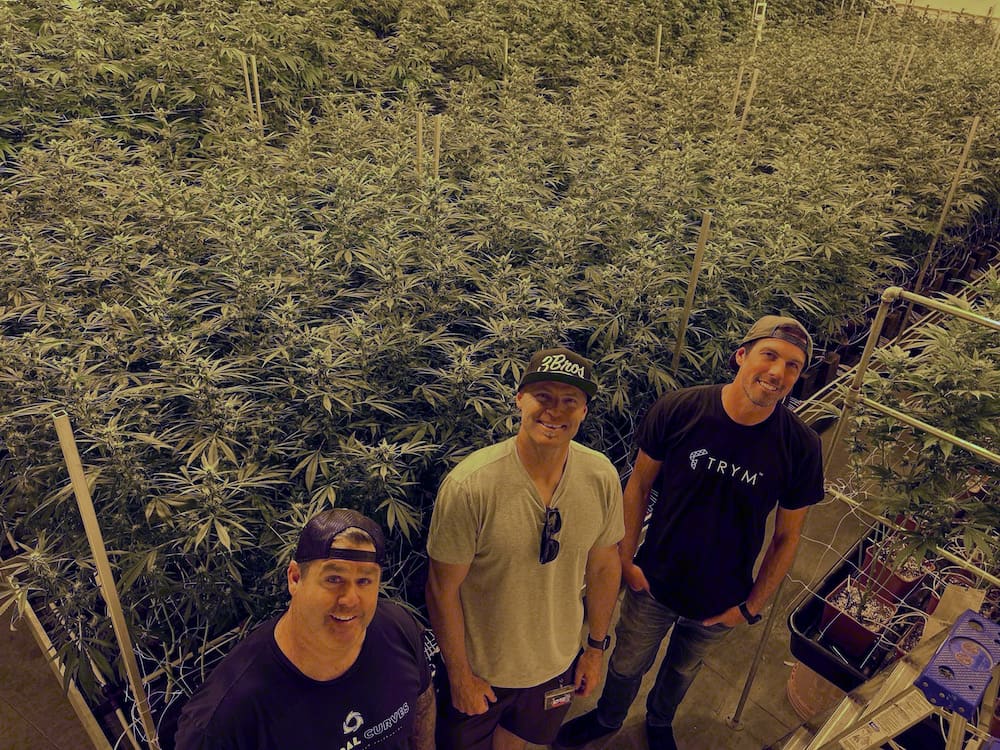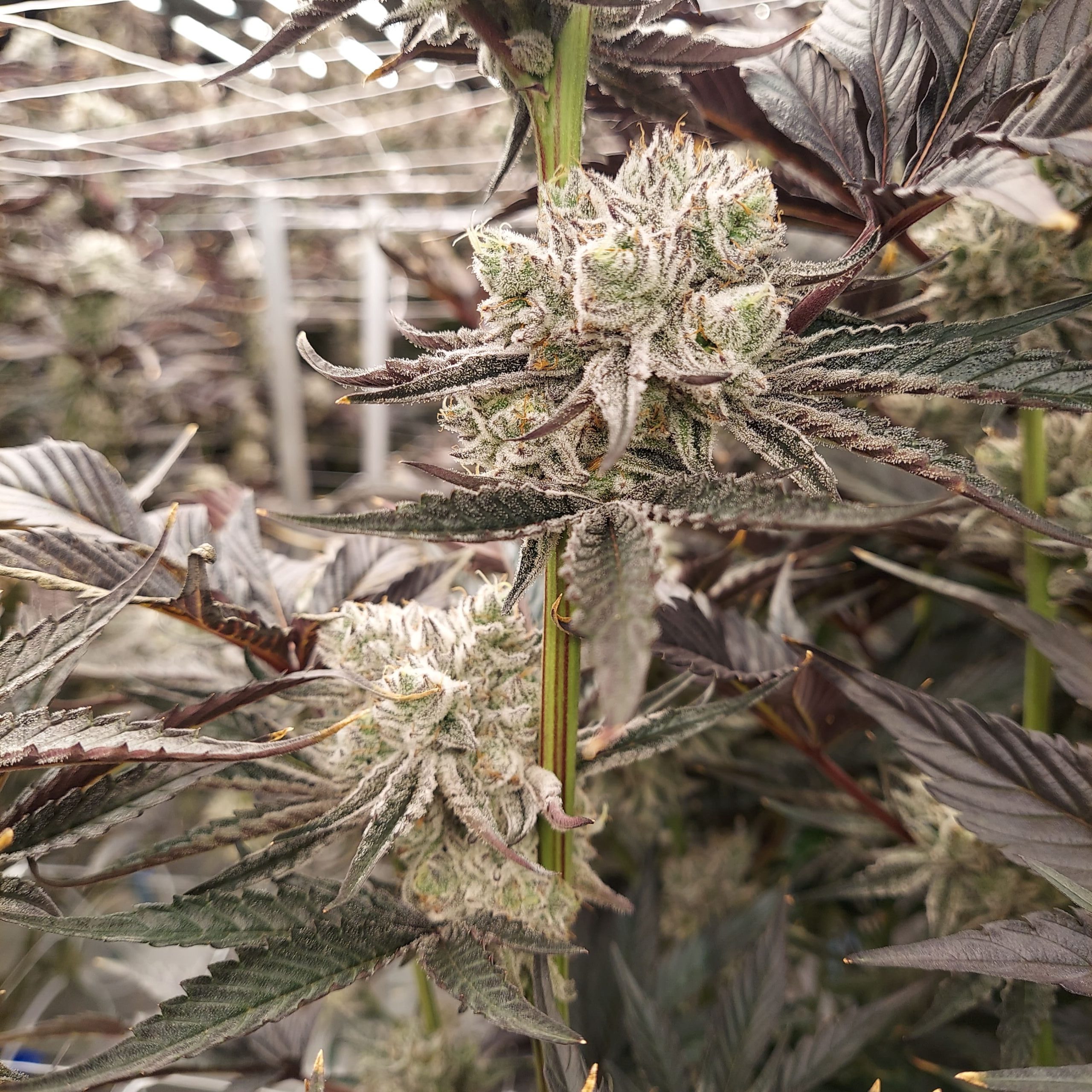Collecting large amounts of cannabis data is inherent to all ancillary and licensed cannabis businesses. Every cultivar, plant, and grow cycle offer up heaps of data points. How to make sense of all that information is what we’re most interested in. Below, we’ll explore what business intelligence and cannabis analytics are and what they mean for a cannabis cultivator and operator.
But first, let’s define the key terms.
Cannabis Business Intelligence vs Cannabis Data Analytics
One term that you may be hearing more frequently is big data. Big data refers to extremely large, diverse and complex sets of information that compile and grow at increasing rates. It is labeled as structured or unstructured. Data that’s modeled and managed by the company falls under structured. While information that’s unorganized and doesn’t fit into an established format is considered unstructured. Special software is required to handle these large data sets.
Business intelligence (BI) in its simplest definition means using data to help make business decisions. With BI, companies review what happened in their business. The main purpose of business intelligence is to support a recreational cannabis or medical cannabis business in its decision-making and growth.
Data analytics takes big data sets and models them out so the data can be used for forward-looking, predictive modeling. Data analysis brings up relationships between data that aren’t obvious on the surface. Unlike BI, this method tries to learn why things happened.
Organizations implement analytics software to forecast what might happen in the future. The data that’s inputted is typically composed of past and current performance as well as market trends. BI tools help to transform those forecasts into a common language that the management team can put to use.
Here are just some of the potential benefits from analyzing cannabis big data sets:
- Strategic decision-making
- Optimization of existing operations
- Help increase company revenues
- Find ways to gain a competitive advantage
- Market research to identify trends
- Identify business problems and opportunities
Why is data & analytics important for cultivation companies?
Commercial growers are maturing as fast as the cannabis industry. Scaling their commercial cannabis businesses requires a tight handle on all operations and financials. If a business isn’t profitable, it’s most likely operating inefficiently. Scaling is much easier when business processes can be easily replicated.
How do you know how efficient your business is? The real time data you produce each day could shed light on this question.
By tracking the right data from the start, a cultivation business can measure its performance against its goals. Financial goals are just as important as operational ones like efficiency, productivity and quality of the cannabis flower or finished product.
Predictive analytics
Predictive analytics is a science of statistics. Data scientists or software tools extract information from data. The results are shaped into reporting that provide market intelligence insights and changing patterns in operations or performance.
Predictive analytics differs from forecasting because it predicts at a higher level of detail. For instance, it is common to generate scores or probabilities for each element. In advanced agricultural businesses, data is widely used and predictive analytics applied to predict and prevent potential issues. The goal for all businesses is to achieve 100% efficiency and run time.
At Trym, we forecast yields as well as provide the ability to review performance against production goals. Schedule an intro call below to learn more.
Big Data and why it’s important
Big Data is a term that describes large, hard-to-manage volumes of data – both structured and unstructured – that inundate businesses on a day-to-day basis. But it’s not just the type or amount of data that’s important, it’s what organizations do with the data that matters. Big data can be analyzed for insights that improve decisions and give confidence for making strategic business moves. (source: SAS)
Data is meaningless without a strategy of processing it, making sense of it, and employing it in business decisions. Business operators can find answers to some of the more complicated questions around operational efficiency, resource management, revenue drivers and opportunities, and catching potential risks and threats before they begin to impact the business.
Data Science
Data science is a multidisciplinary field that uses a scientific method to deduce insights from a huge amount of data. There are many techniques to process data, including examination, Machine Learning, visualization, pattern recognition, probability and statistics, predictive analysis and many more.
In general, data science initiatives enable increased efficacy and reduced costs. Business owners and managers who realize the potential power laying in their vast amounts of data, are looking at ways to employ some of the above processing techniques. Finding the right data to analyze and eliminating data bias are the biggest challenges in data science initiatives.
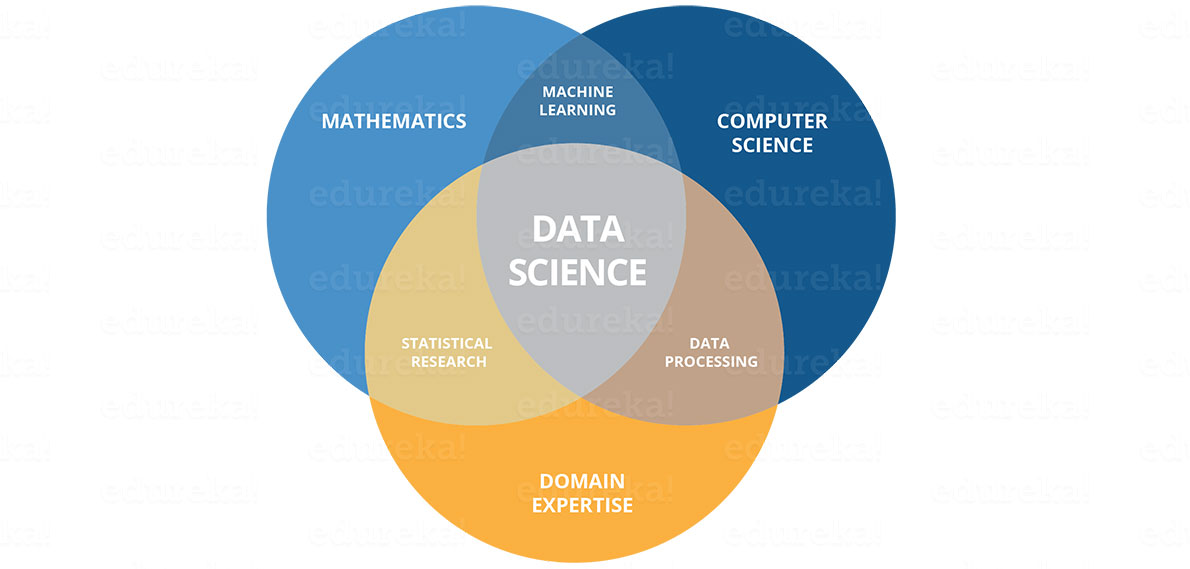
How to collect the right data & ignore the noise
It all begins with data collection. Before turning on the switch for a flood of data, it’s important to understand what data points need to be tracked and why. Actionable data is the key.
Data collected will differ across the types of cultivation businesses and their objectives. Different methods of cultivation will have different metrics or data points to track. What’s important for an outdoor cannabis farm might not be important for an indoor grow. Take, for example, cannabis soil testing, which isn’t relevant to a hydroponic grower. Or tracking terpenes and cannabinoid levels between cannabis sativa and indica, which also may not be every cultivator’s goals.
There are various types of data collection like: personal observation (which we all perform without even thinking about it) or data collected by equipment and software, like testing labs performing pesticide testing.
Modern grow equipment can collect real time integrated data for cultivators. Environmental sensors are the most common tools for tracking climate conditions in a cultivation facility. For indoor cultivators, a controlled and consistent environment is critical to successful harvests. Data points like EC, WC, temperature, humidity and CO2 are critical to track.
Larger grows depend on automation with advanced control systems. Cultivators can remotely monitor and control lights and HVAC equipment with precision. Additionally, sophisticated control systems offer data analytics and reporting that can optimize usage.
Having access to real time data provides instant value when a system alerts you that something isn’t right, like an air conditioner not turning on. Cannabis testing lab results on potency and cannabinoid content contribute to the data mass. There are even greater insights to be had from reviewing data across time periods, locations or strains.
Making sense of the cannabis big data sets is the pressing challenge. Those notebooks filled with notes and numbers typically get forgotten after the next round or notebook is started. Therefore, how would one even go about synthesizing the trends, outliers and variables from three months of notes — especially if there’s no data scientist on staff?
Cannabis software that’s built with cultivators in mind can help synthesize data into actionable insights. It can also provide access to it in a way that empowers strategic decision making.
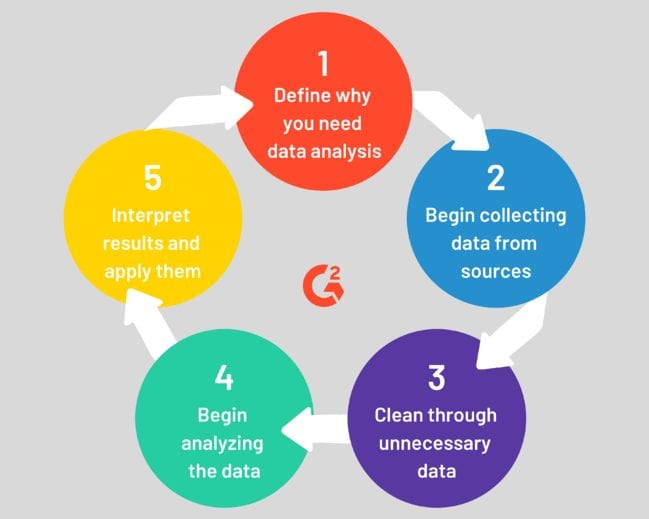
Key features in a cannabis data intelligence platform
- Regular data refresh and updates
- Significant sample size to calculate trends
- Actionable insights that are relevant to your business model
Cannabis Data Companies
Because data is such a large subject matter, let’s look at the different types of cannabis data analytics and business intelligence platforms.
First, there are market data aggregators. Companies that are constantly monitoring and processing data from the industry. They are mainly from the end of the supply chain (pos or cannabis retail sales data) and produce cannabis consumers insights. For investors and operators who want to keep a beat on market forces, reportinbg from companies like New Frontier, BDS Analytics or Headset come in very handy.
Second, there is industry-wide research across North America, like The Annual Factbook from Marijuana Business Daily, reporting on the greater cannabis industry, regulatory changes, global market trends, and new cannabis markets.
The third type of cannabis data company is best exemplified by Cannabis Big Data, who can integrate with pretty much anything under the sun to analyze and provide business insights. Imagine being able to pull custom data reporting from your seed-to-sale or point of sale software, accounting, historical records, cannabis marketing plan, and files or databases.
And finally, there is research and trend analysis for those upwards in the cannabis industry supply chain. Spot prices have long been a facet of agricultural business and commodities trading. In cannabis, the practice of referring to official spot prices to drive business deals is not widespread. However, people do it informally without even knowing. Word of mouth amongst sellers, buyers, and growers travels fast and the fluctuating market price is mutually recognized. One research company, Cannabis Benchmarks, does this in a data-driven way and offers subscription services for cultivators, distributors or dispensaries who want to keep a beat on changing price trends.
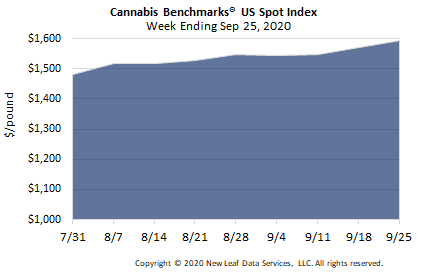
Additionally, companies may choose to integrate a data analytics platform, like Google Data Studio or Tableau. These programs crunch cannabis big data and forecast in order to track performance and plan for strategic growth. To use these BI tools, an organization needs to contract or hire a data scientist to structure the data studies and manage the cannabis analysis on a monthly basis.
How to make your data actionable
Like all businesses, you have data assets just from doing business each day. Additionally, there is all the market intelligence out there that provides insights about external forces. However, you might not know where to begin or how to use it.
First, you’ll define what business objectives or challenges you are attempting to solve. For instance, are you trying to determine the rate of inventory turnover and why it’s so slow?
Next, a business will take the steps to clean up the data they already have on file and get it into a structured format that can be put to use to answer the hard questions.
Whether you sign up with an on-demand analytics software or hire someone to do the work, you’ll want to ensure that they do more than just visualize the data. Finally, the goal in modeling the data out is to drive business insights that actually solve problems in your organization.
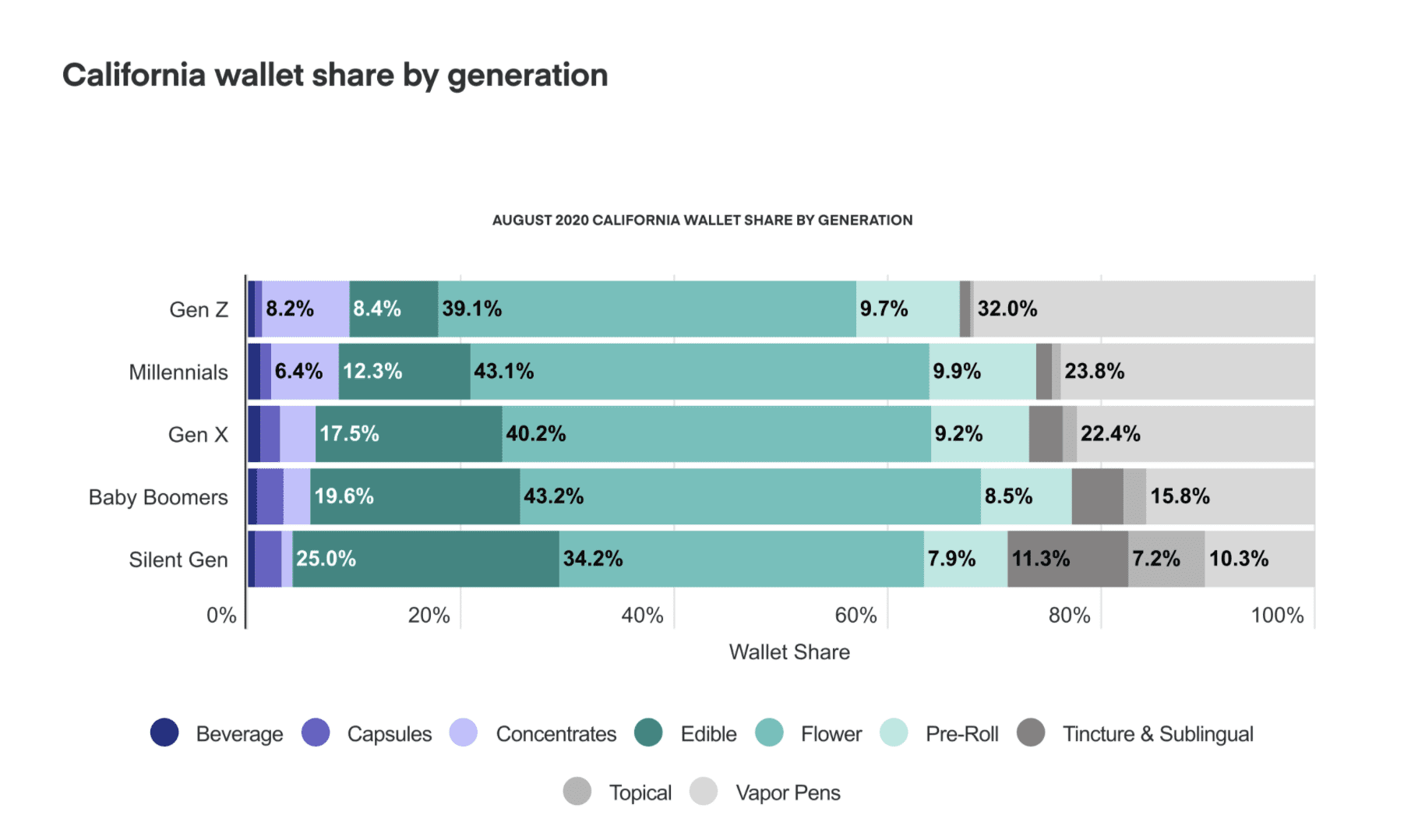
Future trends in cannabis data & impact on cannabis industry
Cannabis big data is growing in size and adoption as the industry matures. There is power in analyzing the medical marijuana market, forecasting changing trends, and monitoring your own company’s performance. Insights can be invaluable and set a solid case for investing in data analytics initiatives.
Advancements in machine learning and AI will make sorting through massive amounts of data a breeze. Sometimes, it’s hard to see the problems within your complex organization. But in the data lie opportunities. To scale your business, you’d want to look at how to be more productive, offer better cannabis products or services, gain more market share, and improve internal operations.
Next, machine learning is particularly important when dealing with big data. Human labor is expensive and the amount of time it would take a data scientist to comb through and identify an insight would be massive. Instead, information systems and software products now have the ability to learn and improve their analytical capability, without even being programmed to do so.
Our growing industry is producing more and more cannabis big data each year. Additionally, new markets are launching, cannabis consumption is increasing and federal cannabis legalization looms. Employing data analysis in any cannabis company’s strategic planning will be key to sustained growth and viability.

“We’re seeing sales and cannabis consumer preferences change frequently. Being able to understand how the market is changing in real time will allow operators to change their strategies to adapt.
Jocelyn Sheltraw
If we compare cannabis to other mature retail industries, using data is par for the course. Every industry uses data, and if you look at companies like Walmart or CVS, they have entire teams of analysts whose sole jobs are to make use of data. I see very few cannabis companies having even one person in this role.
Building a data strategy now will give producers and cannabis retailers a competitive advantage.”
Director of Regional Strategy, Headset
Conclusion
Collecting cannabis big data can be a powerful asset to a business. Massive amounts of it, however, might be intimidating for those who don’t yet have the infrastructure in place to store and analyse the data.
As cannabis businesses mature and scale, keeping a close eye on performance, trends and opportunities becomes more important.
The benefits of employing data analytics and business intelligence tools in your organization are vast, and include:
- Strategic decision-making
- Optimization of existing operations
- Increase company revenues
- Gain a competitive advantage
- Identify external threats and opportunities
- Identify internal business problems and opportunities
Whether you’re at the end of the supply chain, tracking retail cannabis sales and consumer cannabis use, or at the top of the supply chain, analyzing your cannabis cultivation productivity or cannabis testing, data analytics can help you gain a competitive edge in building out a strong growth organization.

